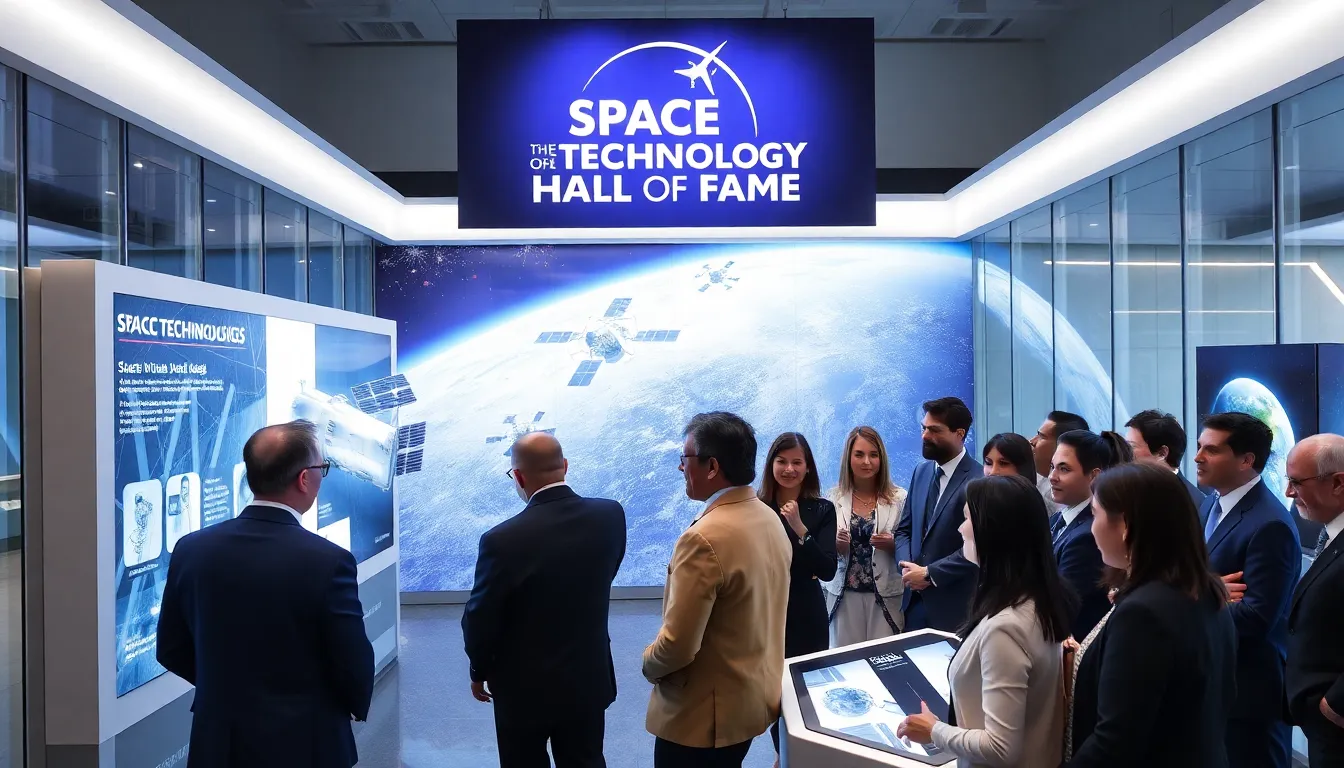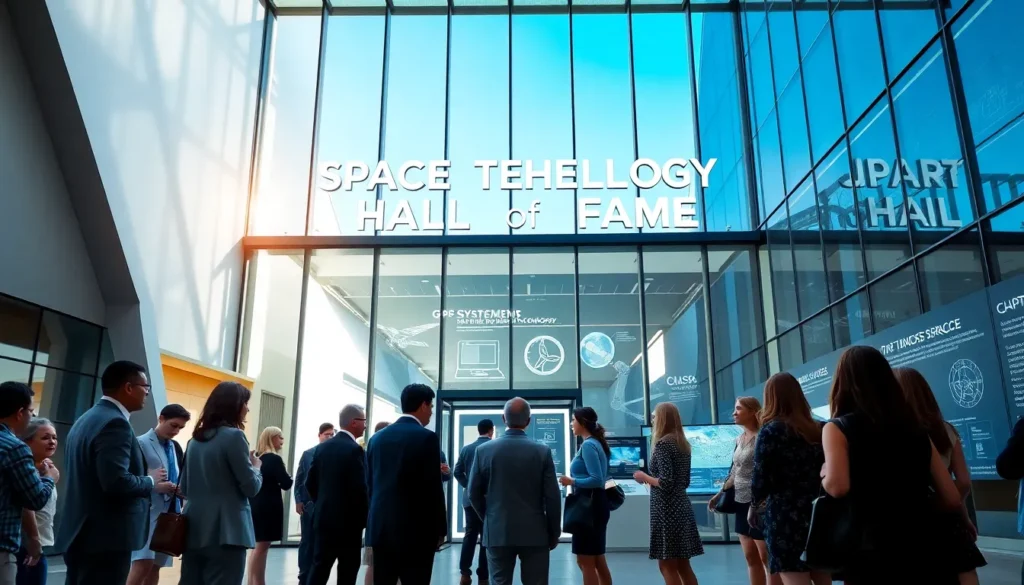Ever wondered how everyday technology springs from the vast reaches of space? Welcome to the Space Technology Hall Of Fame, where groundbreaking innovations take center stage. Picture this: a place where the coolest gadgets and life-changing inventions get the applause they truly deserve. Sounds exciting, right? From communications to medicine, advancements from space technology have woven their way into our daily lives, and it’s high time we roll out the red carpet for these heroes. Let’s jump into the rich history, remarkable contributions, and ongoing impact of this stellar institution.
Table of Contents
ToggleWhat Is the Space Technology Hall Of Fame?

The Space Technology Hall Of Fame is more than just a prestigious title: it’s a celebration of human ingenuity in the realm of space exploration. Founded by the Space Foundation in 1988, this hall aims to honor technologies originally developed for space missions that have found impactful applications on Earth. Each inductee showcases how technology designed beyond our atmosphere can deliver remarkable benefits right here at home.
Historical Background and Purpose
The origins can be traced back to a visionary notion by space enthusiasts and advocates. The Hall was established to ensure that innovations stemming from our quest for the stars would not only be remembered but appreciated for their immense contributions. Whether it’s satellite communications revolutionizing global connectivity or medical technologies derived from space research, the Hall honors these pioneering advancements, encouraging continued investment in research and development.
Significance of Recognizing Space Innovations
Recognizing these technologies underscores a vital narrative: that space exploration is not just a luxury but a necessary frontier for innovation. By celebrating these achievements, the Hall cultivates a greater awareness of the synergistic relationship between space advancements and terrestrial applications. This act of acknowledgment inspires future generations to think beyond traditional boundaries and fosters an innovative spirit that can drive humanity forward.
Key Inductees and Their Contributions
Numerous eminent technologies have made their way into the Space Technology Hall Of Fame, each bearing its unique mark on modern life. It’s fascinating to witness how everything from weather forecasting to disaster preparedness has been enhanced through these innovations.
Notable Technologies That Made It to the Hall Of Fame
One prime example is GPS, which originated from military satellites designed for precise navigation in space. Initially, meant for navigational aid in defense, it is now an essential part of daily life, accessible on smartphones, cars, and countless applications. Then there’s the Kodak digital camera, which was born out of the need for instant satellite imaging and is now integral to modern photography. Each technology inducted tells a compelling story of transformation, from space to society.
Profiles of Significant Inductees
Another standout is the development of Tang, originally a drink for astronauts that made its Earth debut in the 1960s. Who could forget the delight of astronauts sipping their orange-flavored concoction? Surprisingly, its popularity skyrocketed on Earth, turning it into a staple for kids and families everywhere. More than just a drink, it symbolizes the creative thinking that spurs from space exploration.
Impact on Commercial Industry and Society
The ramifications of inductees from the Space Technology Hall Of Fame extend far beyond the realm of space exploration, shaping industries and the very fabric of society. Understanding this impact sheds light on why space technology is crucial for future advancements.
Technological Advancements and Their Applications
Technological breakthroughs have led to significant enhancements across various sectors. For instance, the telecommunications industry heavily relies on satellite technology for everything from broadcasting to internet connectivity. The ability to communicate instantly across the globe has transformed how businesses operate, breaking geographical barriers once considered insurmountable.
Influence on Future Innovations
Looking forward, the Hall promises to remain at the forefront of the next wave of innovation. By spotlighting past achievements, it encourages current and future scientists and engineers to take big leaps. Enter Aquila, for instance, a project aimed at providing internet access through high-altitude drones. While this is happening today, one can only imagine the next breakthrough that could stem from the inspiration these inductees provide.
With the ongoing advancements in artificial intelligence and machine learning heavily influenced by findings from space missions, the potential is limitless. The legacy formed in this Hall will guide innovators to cultivate solutions addressing societal challenges yet to unfold.
The Selection Process for Inductees
Understanding how inductees are chosen enriches our appreciation for the Hall of Fame and the rigorous criteria behind it. This process involves expert evaluations and a keen eye for innovation that stands the test of time.
Criteria for Nominations and Selections
Inductees are more than just promising technologies: they must demonstrate enduring usefulness and significant impact on society. Criteria include originality, expanding upon existing ideas, and showcasing diverse applications. Each nominee’s potential for long-term influence remains a determining factor, ensuring that the Hall recognizes truly transformative technologies.
Role of Experts in the Selection Process
A panel of experts from various domains evaluates nominations, adding credibility and rigor to the selection process. These experts not only have extensive knowledge of space technology but also represent diverse sectors, enabling a holistic assessment of each candidate. Their insights ensure that the most deserving innovations receive their much-anticipated accolades.




